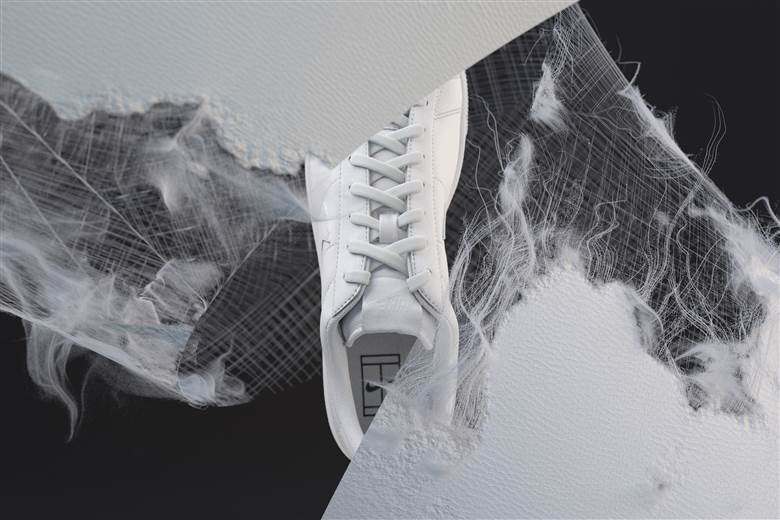Why Flyleather’s carbon footprint cannot be 80% lower than leather’s
28/09/2017

In its response to us, Nike mentions that it commissioned two external consultancies to help it make lifecycle assessments of leather and of its new substitute material, allowing it to draw the conclusion that the process to create Flyleather uses 90% less water and has an 80% lower carbon footprint than the process of manufacturing leather. The consultancies are Oakdene Hollins, based in Aylesbury, near London, and PRé Consultants, based in the Netherlands.
Both of these companies clearly do good work in helping consumer product manufacturers and brands assess the environmental impact of the goods they make and sell, but our search of Oakdene Hollins’ impressive website reveals no previous participation in a project involving leather. Oakdene makes it clear that much of the work it does for its clients is confidential, which is fair enough. We asked Oakdene if its work on Flyleather was its first foray into the complex leather supply chain, but it failed to respond.
PRé Consultants, on the other hand, does have previous experience of leather. It took part in a technical capacity in the project the European Commission launched in 2013 to establish an environmental footprint methodology, resulting in ongoing pilot exercises involving a wide range of industries, including leather.
In 2014, PRé Consultants observed: “An interesting development arose that can potentially influence the lifecycle assessment community. Since there are five pilots that are connected to cows (meat, dairy, leather, pet food and foodstuffs for livestock), the EU has initiated a working group that will be focusing on cows. The working group is developing a consensus allocation model. Who knows? They might just be able to solve the 20-year-old debate on how to allocate all products from a cow.”
In a follow-up comment in 2015, PRé Consultants founder, Mark Goedkoop, observed that this “nearly worked”. He was clearly impressed by the work the five different industries did together to reach consensus and said this was a sign “we are entering a new era” in how we make our assessments of the environmental impact of products. “The old way of debating methodology among experts does not work,” he said.
Essay 12 in the (free-to-view, free-to-share) Nothing To Hide series, created by the publisher of footwearbiz.com, goes into more detail about the work the Cattle Model Working Group did. In brief, it concluded that on average, 88% of the environmental impact of dairy cattle should go to milk and only 12% to meat. An animal’s entry into the food chain at the slaughterhouse, therefore, brings only 12% of the upstream carbon footprint with it. At the abattoir, an economic model inevitably takes over, attributing 3.5% to the hide, but it means leather’s share of the upstream carbon footprint, according to the Cattle Model Working Group’s submission, is just over 0.4%.
This is complicated, but if we know it, PRé Consultants must know it. We can only assume that if the Dutch consultancy explained this to Nike during its work on the Flyleather product, the sports brand decided to use a different basis for calculating that its new composite material has an 80% lower carbon footprint than leather.








